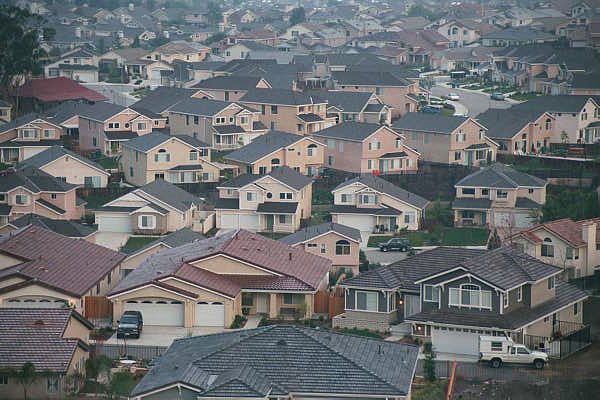
April 5, 2018; Washington Post, “Opinion”
Aaron Wiener, a senior editor at Mother Jones, shared a startling picture of how the geography of American poverty has changed in a recent Washington Post op-ed. Of course, the notion that poverty has suburbanized isn’t exactly new; here’s an article NPQ wrote on the subject in 2010. But Wiener’s article is a good reminder to nonprofits that as more low-income people are forced by changing economic trends to move from the cities to the suburbs, social service and advocacy infrastructure need to follow; this, alas, has yet to happen.
The growth in suburban poverty affects all regions of the country, as Wiener explains:
In 1990, Americans in poverty were 14 percent likelier to live in a city than in a suburb. By 2012, they were 22 percent likelier to live in a suburb. In D.C.’s suburbs, the number of people in poverty grew by 66 percent…The increase was 126 percent in Atlanta’s suburbs; 129 percent in Austin’s; 139 percent in Las Vegas…62 percent in Cleveland…84 percent in Chicago…87 percent in Detroit….
The suburban poor are likelier than their urban counterparts to be white and to own their homes, but otherwise they’re demographically similar…Two-thirds of both groups work, about 15 percent have a disability and nearly half are in deep poverty, below 50 percent of the federal poverty line.
This growth mirrors patterns in urban poverty in one important feature: The suburban poor, like their urban peers, are now more likely to live in concentrated communities than be scattered across wide areas. This make the challenge of responding both easier and harder—easier in the sense that it allows neighborhood targeting, but harder in the sense that suburban communities are often poorly equipped to target neighborhoods effectively.
As a whole, many suburban communities face the challenge of meeting the needs of a large, growing, and diverse poor population without a sufficient public or nonprofit infrastructure. In recent Congressional testimony, the Brookings Institution’s Elizabeth Kneebone said:
Sign up for our free newsletters
Subscribe to NPQ's newsletters to have our top stories delivered directly to your inbox.
By signing up, you agree to our privacy policy and terms of use, and to receive messages from NPQ and our partners.
The suburban nonprofit safety net tends to be stretched thin, with relatively fewer providers serving larger catchment areas than in cities …That means critical services and wraparound supports that could help poor suburban residents weather periods of economic instability or find and maintain employment may be harder to access or missing. [Among] the large suburban municipalities…more than half lacked a food assistance provider, 61 percent had no registered substance abuse service providers, and 80 percent lacked a registered employment services provider.
The nonprofit infrastructure has not kept pace. As they try to grow to meet demand, they face some unique challenges: Their large service areas are broad and they need to develop systems that work with multiple villages, towns, and cities whose own capacities and sophistication may be limited. As Kneebone explains, this makes the already difficult work of combatting poverty even harder.
Even in regions where the suburban poor population now outnumbers the urban poor, philanthropic resources continue to disproportionately flow to urban centers. [Local] community foundations are more likely to be located in large cities, while suburban community foundations tend to be relatively newer and smaller in scale and capacity. … Funders dedicated relatively little investment in the 2000s to building capacity in suburban communities, suggesting that, absent a change in funding priorities, it may prove difficult to break the self-reinforcing capacity/funding gap.
The lag in philanthropic and nonprofit adjustment in antipoverty strategy is mirrored in federal programs which are still, in too many ways, stuck in the urban-centered mode established in the Sixties. And, because many of the services they support (preschools, clinics, and the like) need a physical presence and dedicated facilities, suburban services remain behind their urban counterparts.
Individually, the challenge of moving from city to suburb is disruptive. Aaron Weiner spoke with Benjamin Orr, executive director of the nonprofit Maryland Center on Economic Policy about the personal challenge of moving from city to suburbs. “When people are in new neighborhoods, new counties, that sort of community knowledge that’s been built up is lost. And you have to start from scratch again.”
Of course, while we all know suburban poverty is on the rise, knowledge isn’t always met with action. Clearly, further adjustment in response by government, philanthropic, and nonprofit partners is needed. As Kneebone told Congress, “Today’s geography of poverty calls for more crosscutting and responsive approaches that work at a more effective scale to address poverty in the context of place.”—Martin Levine













